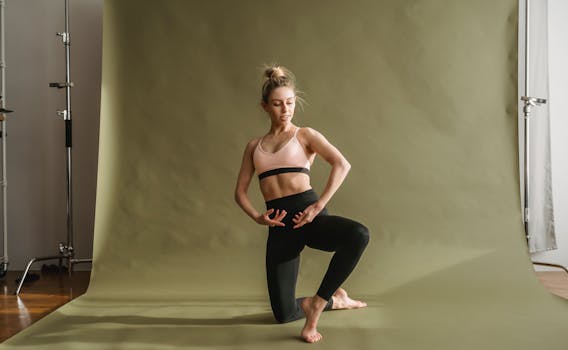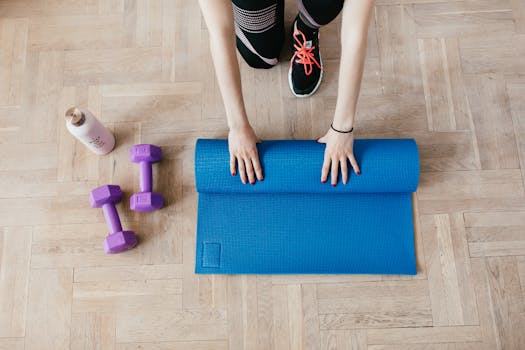
The Transformative Power of Breathwork in Yoga: Techniques for Enhanced Practice
Takeaways: Breathwork is a crucial element in yoga that enhances mindfulness, promotes relaxation, and improves overall practice. By mastering various breathing techniques, practitioners can deepen their connection to both body and mind.
In the realm of yoga, breathwork, or pranayama, is often viewed as the heart of the practice. It serves as a bridge between the body and mind, enhancing overall well-being. This article explores the integral role of breathwork in yoga, delving into various techniques that can significantly improve your yoga practice.
Understanding Breathwork in Yoga

Practicing breathwork can lead to numerous benefits, including increased energy levels, improved focus, reduced stress, and enhanced emotional well-being. When incorporated into yoga, breathwork helps to stabilize the mind and body, allowing practitioners to achieve deeper states of relaxation and mindfulness.
Essential Breathwork Techniques for Yoga Practice

1. Diaphragmatic Breathing
Diaphragmatic breathing, also known as abdominal breathing, involves fully engaging the diaphragm while inhaling and exhaling. This technique allows for deeper breaths, which can help calm the mind and body.
To practice diaphragmatic breathing:
– Sit or lie down in a comfortable position.
– Place one hand on your chest and the other on your abdomen.
– Inhale deeply through your nose, allowing your abdomen to rise while keeping your chest relatively still.
– Exhale slowly through your mouth, letting your abdomen fall.
– Repeat for several minutes, focusing on the rise and fall of your abdomen.
2. Ujjayi Breath
Ujjayi breath, often referred to as “victorious breath,” is a technique commonly used in Vinyasa and Ashtanga yoga. This breath involves slightly constricting the back of the throat, creating a soft hissing sound as you breathe.
To practice Ujjayi breath:
– Begin in a comfortable seated position.
– Inhale deeply through your nose, filling your lungs completely.
– As you exhale, gently constrict the throat, producing the hissing sound.
– Maintain this breath throughout your yoga practice, allowing it to guide your movements.
3. Nadi Shodhana (Alternate Nostril Breathing)
Nadi Shodhana is a calming breathwork technique that balances the right and left hemispheres of the brain. This practice promotes mental clarity and emotional stability.
To practice Nadi Shodhana:
– Sit comfortably with your spine straight.
– Use your right thumb to close your right nostril.
– Inhale deeply through your left nostril.
– Close your left nostril with your right ring finger, then release your right nostril and exhale through it.
– Inhale through the right nostril, close it, and exhale through the left nostril.
– Continue alternating for several rounds.
Benefits of Integrating Breathwork into Your Yoga Practice

- Enhanced Mindfulness: Breathwork encourages practitioners to focus on the present moment, reducing distractions and increasing concentration.
- Improved Physical Performance: Proper breathing techniques can increase stamina and enhance physical performance during yoga poses.
- Stress Reduction: Breathwork activates the parasympathetic nervous system, promoting relaxation and reducing stress levels.
- Emotional Balance: By regulating breath, practitioners can better manage their emotions and cultivate a sense of inner peace.
Conclusion

For further exploration of breathwork and its benefits, consider visiting Yoga Journal or Mindbodygreen. To learn more about mindfulness practices, check out Headspace for valuable resources.





